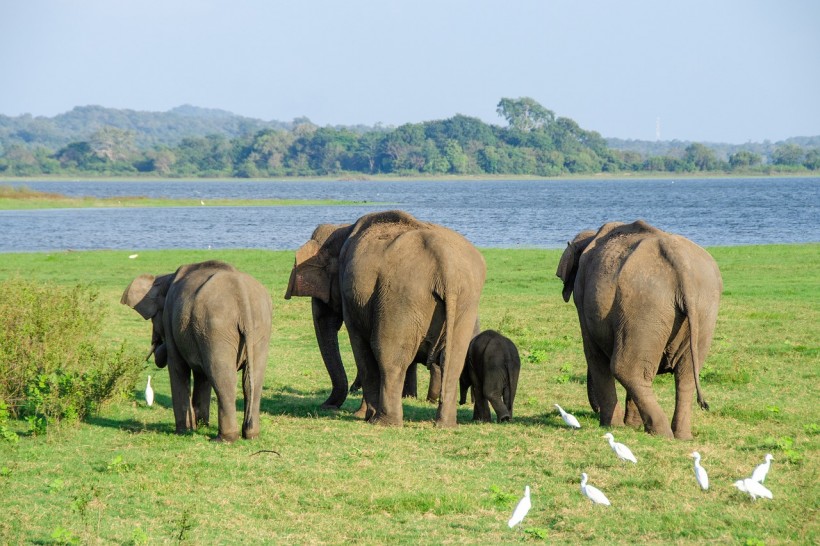The habitats of Asian elephants have significantly plummeted by a whopping 64%, nearly two-fourths, since 1700.

Elephant Habitat Loss
According to SciTechDaily, this equals 3.3 million square kilometers being lost. Researchers suggest that this massive loss aligns with the use of land in colonial times and the succeeding intensification of agriculture across South Asia.
According to CNN, endangered Asian elephants can be spotted in 13 Asian countries. These creatures live in various habitats, including rainforests and grasslands.
Researchers dug into this elephant home crisis and published their findings in the Scientific Reports journal. To examine the change in land use and the elephant habitat distribution over the years, it may be necessary to model data on environmental factors and the elephants themselves to infer the suitability of a certain area as time passes.
SciTechDaily adds that habitats were considered suitable if they went beyond a defined threshold and if they were modeled based on ecological criteria.
The researchers looked into an area inside a 100-kilometer range of elephants across Asia. By doing so, they discovered that the entire region could have been a suitable habitat in 1700, and yet in 2015, less than half of it (48.6%) was considered appropriate.
According to the study, China saw the strongest elephant habitat decline. CNN notes that 94% of suitable elephant habitats got lost from 1700 to 2015. Second to China was India, which lost a whopping 86%.
Over half of suitable habitats have been lost across Thailand, Sumatra, and Bangladesh. Both Sri Lanka and Nepal, where these elephants are known to roam around still today, also saw significant decreases.
The habitat loss since 1700 coincides with the era of colonization, when new policies, market forces, and value systems were seen. This went beyond European cities and into Asian forests.
Elephant-Human Conflict?
Through the study, the team discovered that the large-scale loss of elephant habitats might foster potential elephant-human conflicts. CNN adds that this situation may be avoided with the proper intervention.
Shermin de Silva, a biologist, conservation scientist, professor from the University of California, and the president and founder of Trunks and Leaves, explains that the worry lies in whether a certain point of non-confrontation may be replaced with violence and antagonism between both species. De Silva adds that it is important for such a situation to be de-escalated.
The researchers emphasize the importance of considering landscape history to know more about elephant distribution across Asia. This is also necessary to develop sustainable land uses and conservation strategies that may cater to both elephants and humans.
RELATED ARTICLE: Baby Desert Elephant in Namibia Uses Mud as Sunscreen, Cool Down Amid Rare Rainfall
Check out more news and information on Animals in Science Times.














